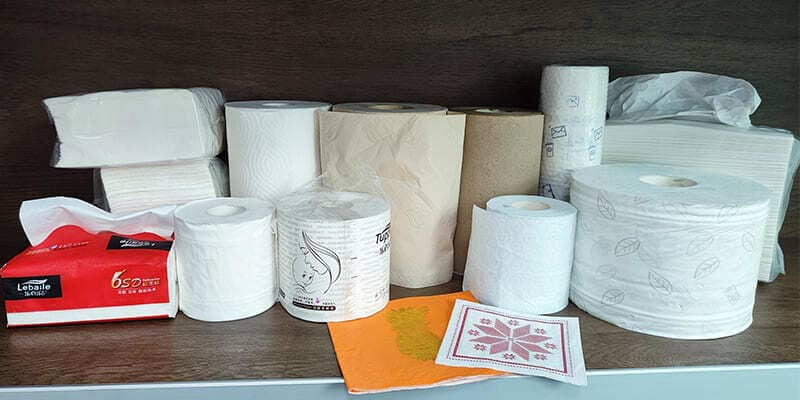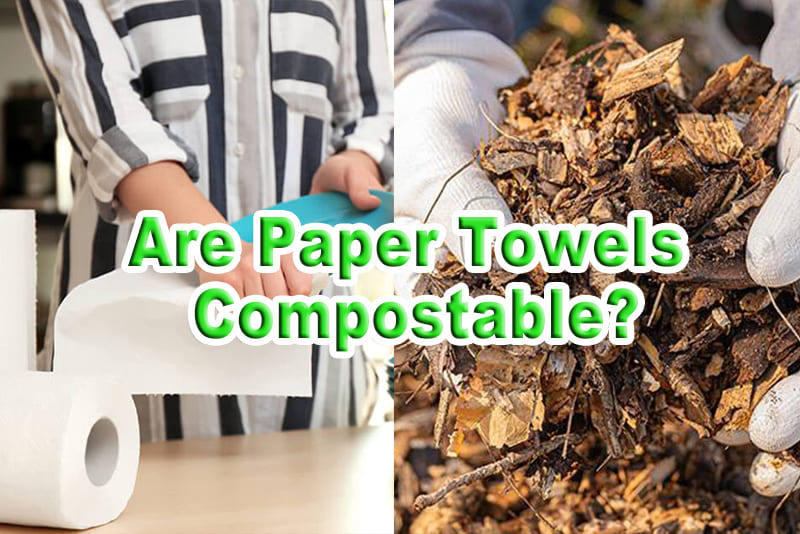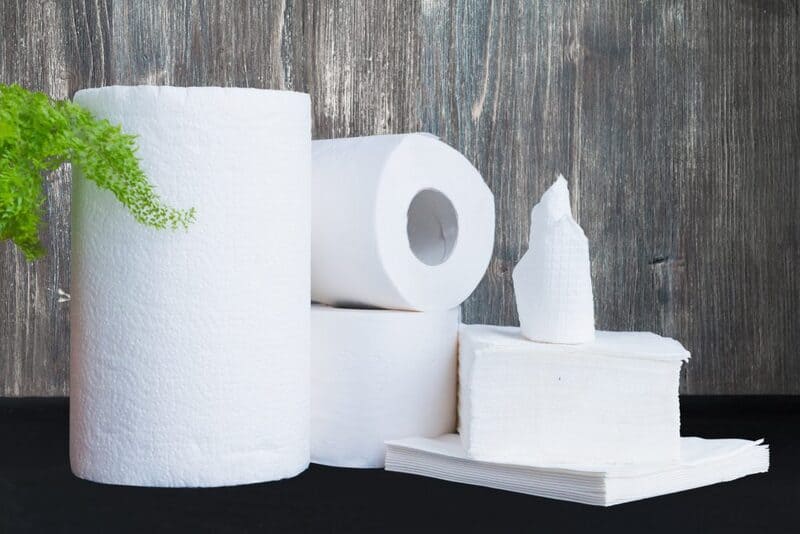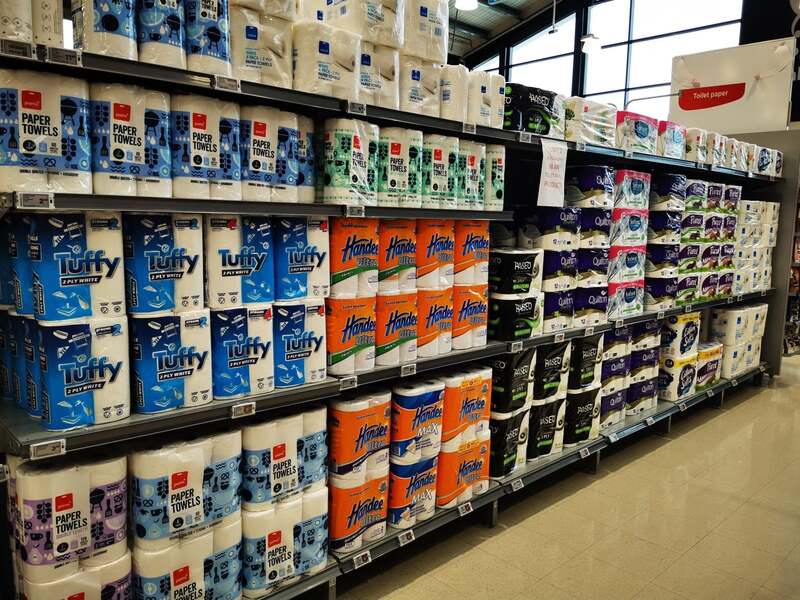Tissue Paper History and Innovations
The tissue sector has experienced significant growth over the last few years. With advancements in luxurious tissue paper and ultra-absorbent paper towels, the industry has successfully increased prices and created new brands to retain consumer loyalty. Combined with the expanding market in developing countries and a strong drive for innovation, the future of the tissue industry looks promising. This article delves into the key aspects of the tissue sector, including its history, production processes, and diverse applications.

The Evolution of Tissue Paper
Tissue paper, often referred to simply as tissue, is a lightweight, often crêpe paper. It can be manufactured from both virgin and recycled paper pulp. Tissue papers are integral to daily life, serving various purposes such as cleaning, dusting, wrapping, and personal hygiene.
Historical Background
The history of tissue paper dates back to ancient China, where paper was used as a wrapping and padding material as early as the 2nd century BC. The first recorded use of toilet paper in human history occurred in 6th century AD China. By 1391, a Chinese emperor had demanded specially sized paper sheets for use in his outhouse. These sheets measured an impressive 2 ft by 3 ft each.
Modern Innovations in Tissue Paper
A significant milestone in the production and distribution of modern toilet tissue came from a Philadelphia teacher in 1907. Concerned about a mild cold epidemic, she innovatively cut paper into squares for individual use by her students, replacing the shared cloth towel. Arthur Scott of Scott Paper Company capitalized on this idea, leading to the creation of perforated paper towels marketed as Sani-Towel. These were sold to public facilities, such as hotels and railroad stations.
Introduction of Kitchen Paper Towels
In 1931, Scott introduced the first paper towel designed for kitchen use, revolutionizing grocery categories. These towels were produced in perforated rolls, each sheet measuring thirteen inches wide and eighteen inches long. Despite initial resistance, paper towels eventually replaced cloth towels in kitchens.
Production of Tissue Paper
Tissue paper is produced using a paper machine equipped with a single large steam-heated drying cylinder known as a Yankee dryer, along with a hot air hood. The process begins with paper pulp, which is adhered to the Yankee cylinder using adhesives. The crinkling, or creping, of the paper is achieved by a doctor blade scraping the dry paper off the cylinder’s surface. Factors such as adhesive strength, doctor blade geometry, speed differences, and paper pulp characteristics control the creping process.
For applications requiring high water absorption, tissue paper is produced using the Through Air Drying (TAD) process. This method results in bulky paper with excellent wet tensile strength and water holding capacity. However, the TAD process consumes about twice the energy compared to conventional drying methods.
Applications of Tissue Paper
Tissue paper comes in various forms, each suited for specific applications:
- Facial Tissues:
Used for centuries in Japan as washi, modern facial tissues were introduced by Kimberly-Clark in 1924 under the brand Kleenex. Originally intended for cold cream removal, facial tissues have evolved to include pop-up, colored, printed, pocket, and 3-ply varieties.
- Paper Towels:
These are the second-largest application of tissue paper in the consumer sector. Typically two-ply with a basis weight of 20 to 24 g/m², paper towels can be made from 100% chemical pulp, 100% recycled fiber, or a blend of both. The inclusion of long fiber chemical pulp enhances their strength.
- Wrapping Tissue:
A thin, translucent paper used for wrapping presents and cushioning fragile items.
- Table Napkins:
Also known as serviettes, these are rectangular cloths or papers used at the table to wipe the mouth and fingers while eating. In certain regions, serviettes refer to paper napkins, while napkins are made of cloth.
- Toilet Paper:
Available since the late 19th century, toilet paper is an essential item in modern households. Joseph Gayetty is credited with inventing commercially available toilet paper in the United States in 1857, and Seth Wheeler obtained the earliest US patents for toilet paper and dispensers in 1883. Moist toilet paper was introduced in the UK by Andrex in the 1990s and in the US by Kimberly-Clark in 2001.

Global Market Trends
The tissue industry continues to grow rapidly worldwide. Of the estimated 21 million tonnes of tissue produced globally, Europe accounts for approximately 6 million tonnes annually. The European tissue market is valued at around 10 billion euros and is growing at a rate of approximately 3% per year. The European Tissue Symposium (ETS), founded in 1971 and based in Brussels, represents the majority of tissue paper producers in Europe, accounting for about 90% of total European tissue production.
Environmental Considerations
The tissue paper industry has made significant strides in minimizing its environmental impact. Recovered fibers now constitute about 46.5% of the industry’s raw materials, and the sector relies heavily on biofuels, which account for about 50% of its primary energy. The industry’s energy efficiency and commitment to using recovered fibers highlight its efforts towards sustainability.
Conclusion
The tissue sector remains a vibrant and expanding industry, offering numerous opportunities for innovation and growth. The use of recovered fibers in tissue production continues to spark interest, despite debates about its environmental benefits compared to new fibers. Overall, the tissue industry’s commitment to sustainability and its diverse range of products ensure its ongoing relevance and success.
FAQ
Most frequent questions and answers
Tissue paper dates back to ancient China, where it was used as a wrapping and padding material as early as the 2nd century BC. The first recorded use of toilet paper occurred in 6th century AD China.
Tissue paper is produced using a paper machine with a Yankee dryer and a hot air hood. The process involves adhering paper pulp to the Yankee cylinder with adhesives and creping the paper using a doctor blade.
The main types of tissue paper include facial tissues, paper towels, wrapping tissue, table napkins, and toilet paper.
The TAD process is a method used to produce tissue paper with high water absorption. It results in bulky paper with excellent wet tensile strength and water holding capacity but consumes about twice the energy of conventional drying methods.
The tissue paper industry has reduced its environmental impact by using recovered fibers for about 46.5% of its raw materials and relying on biofuels for about 50% of its primary energy. The industry is also highly energy-efficient.
The European tissue market is valued at approximately 10 billion euros annually, representing around 23% of the global market. The market is growing at a rate of about 3% per year.








